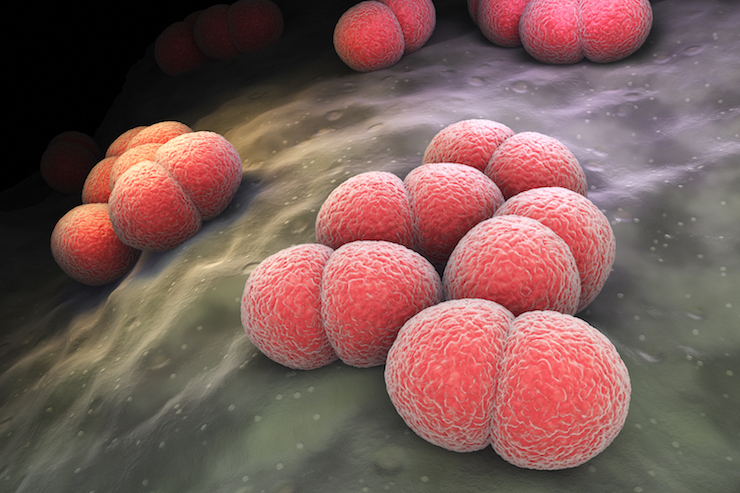Studies of measles viruses circulating in Australia between 1999 and 2001 reveals a new genotype.
Nineteen distinct measles virus (MV) strains associated with nine different genotypes were identified in five Australian states (Victoria, New South Wales, Queensland, Northern Territory and Western Australia) between 1999 and 2001. One of the strains identified is likely to represent a new genotype within the clade D viruses (proposed to be d9). No evidence for an indigenous MV strain was found. When epidemiologic information associated with the index case was available for the outbreaks, it usually supported introduction of the virus from overseas, with the main source being South East Asia. Changes in the circulation of MV in Australia since the early 1970s were also observed. Prior to the introduction of measles vaccine, the majority of the population acquired immunity through infection with wild-type virus in early childhood. Nowadays in Australia, young adults are at most risk of infection. The age range of cases in the study period was from 1 month to 48 years, with the majority (59%) of cases from individuals aged 18–30 years.
Source: Science Direct, Volume 91, Issue 2, February 2003, Pages 213-221.
Vaccines generally cause diseases to mutate into other illnesses such as Hib causing meningitis C, Prevnar into superbug ear infections, so it is not surprising that new strains would develop that the vaccine doesn’t cover.
This is another example of how vaccination destroys natural immunity, because if people had got measles as a child, they wouldn’t be at risk in early adulthood when it is more severe.
Did You Know?
A 12 year Finnish study showed that seven of nine previously vaccinated children contracted measles if they shared a bedroom with an affected sibling. They concluded that protection against measles may not be acheivable by vaccination.
“Explosive School-based Measles Outbreak Intense Exposure May Have Resulted in High Risk, Even Among Revaccinees,” Mikko Paunio (Department of Public Health, Helsinki University, published in the American Journal of Epidemiology,1998).


